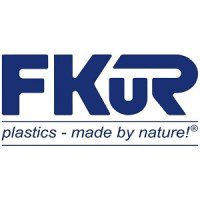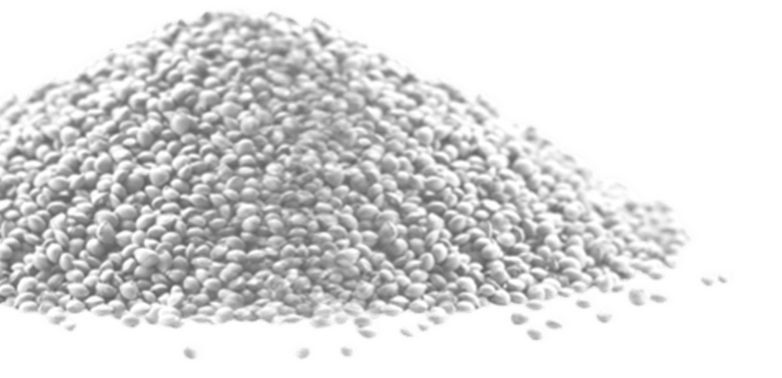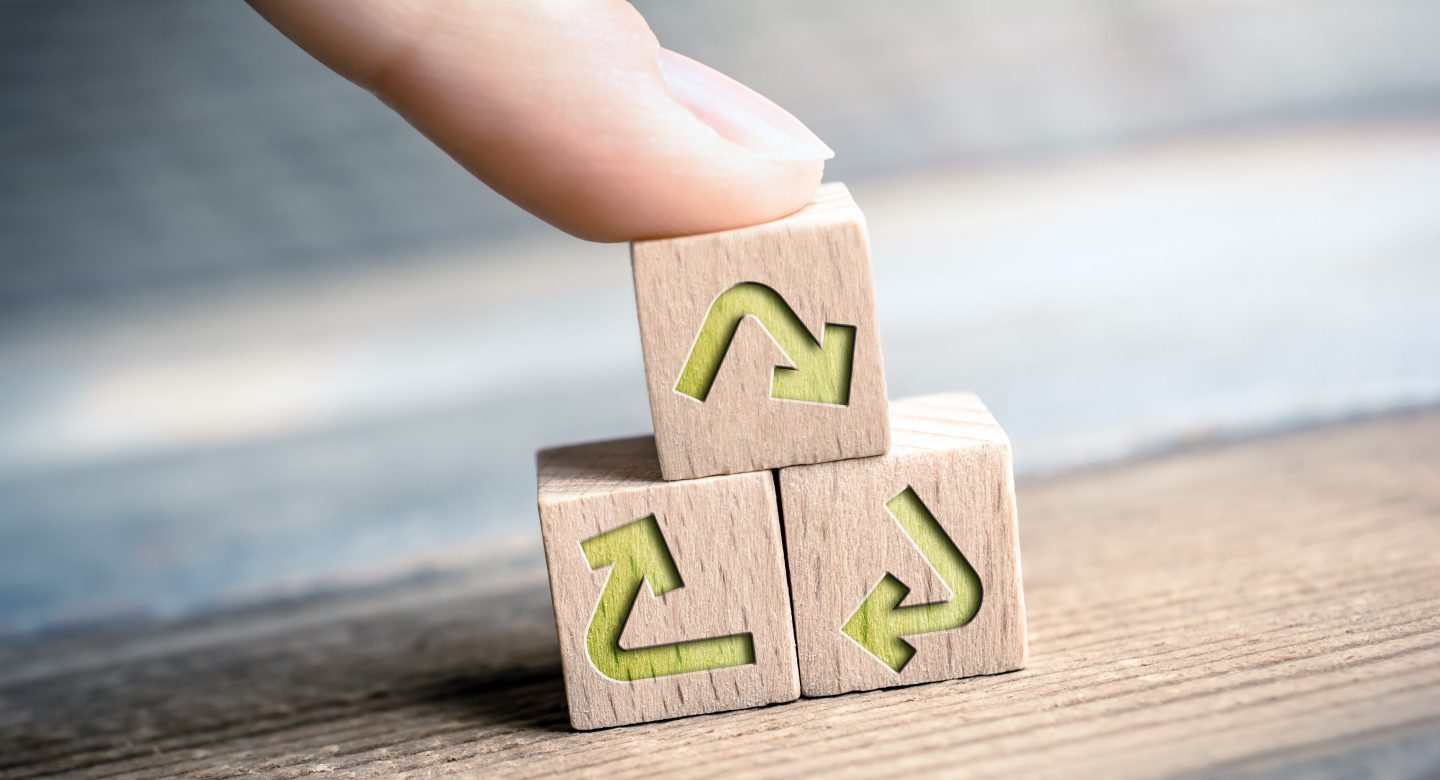
What is Circular Economy? The 8R principles of circular economy: Examples, advantages and benefits
Our heart is in the circular economy - the 8R principles: Examples, advantages and benefits
What is circular economy?
In a world where resources are becoming scarcer and environmental issues are increasingly urgent, the concept of the circular economy is gaining significance. Instead of following linear production and consumption paths, the circular economy focuses on a closed loop where resources, products, and materials are efficiently used, reused, and recycled.
The path to greater sustainability: from a linear to a circular economy
The traditional linear economic system is characterized by “take, make, dispose,” where resources are extracted, processed, and eventually discarded. However, this widely prevalent approach has severe negative impacts on our environment, our society, and finally, our economy. A major problem of the linear economic system is the overuse and waste of resources. The continuous extraction and processing of raw materials deplete natural resources and burden the environment. Additionally, the disposal of such large quantities of waste leads to pollution and overburdening of waste management systems. To address these challenges, a shift towards a more sustainable and circular economic and behavioral approach is urgently needed. The introduction of a circular economy model, where resources are used efficiently, recycled, and reused, is seen as a key solution. By promoting repair, reuse, and recycling, waste can be reduced, environmental impact minimized, and resources conserved.
For us at FKuR, the core of sustainability means one thing above all: meeting the needs of our present society without compromising the ability of future generations to meet theirs. By transitioning to a circular economy, we can make a significant contribution to protecting our environment and ensuring a livable future for everyone. It is crucial that we work together towards a sustainable and future-proof economic and behavioral approach. We have visualized our vision in a simple concept: the 8R principles.
You can find out what our 8Rs mean in concrete terms and how they can contribute to creating a more sustainable economy here.
What are the 3R´s of Circular Economy?
A central approach of the circular economy is the classic 3R’s: “Reduce, Reuse, Recycle.” With our “8R” principles, we have expanded this model to include additional dimensions. This more comprehensive approach reflects a maximally sustainable and resource-efficient economic practice. The focus is particularly on three principles:
- Save or use products more wisely: Refuse – Rethink – Reduce
- Increase the lifespan of products: Reuse – Repair
- Meaningfully recycle materials: Recycle – Rot – Recover
Keeping products and material in the cycle with the 8R`s
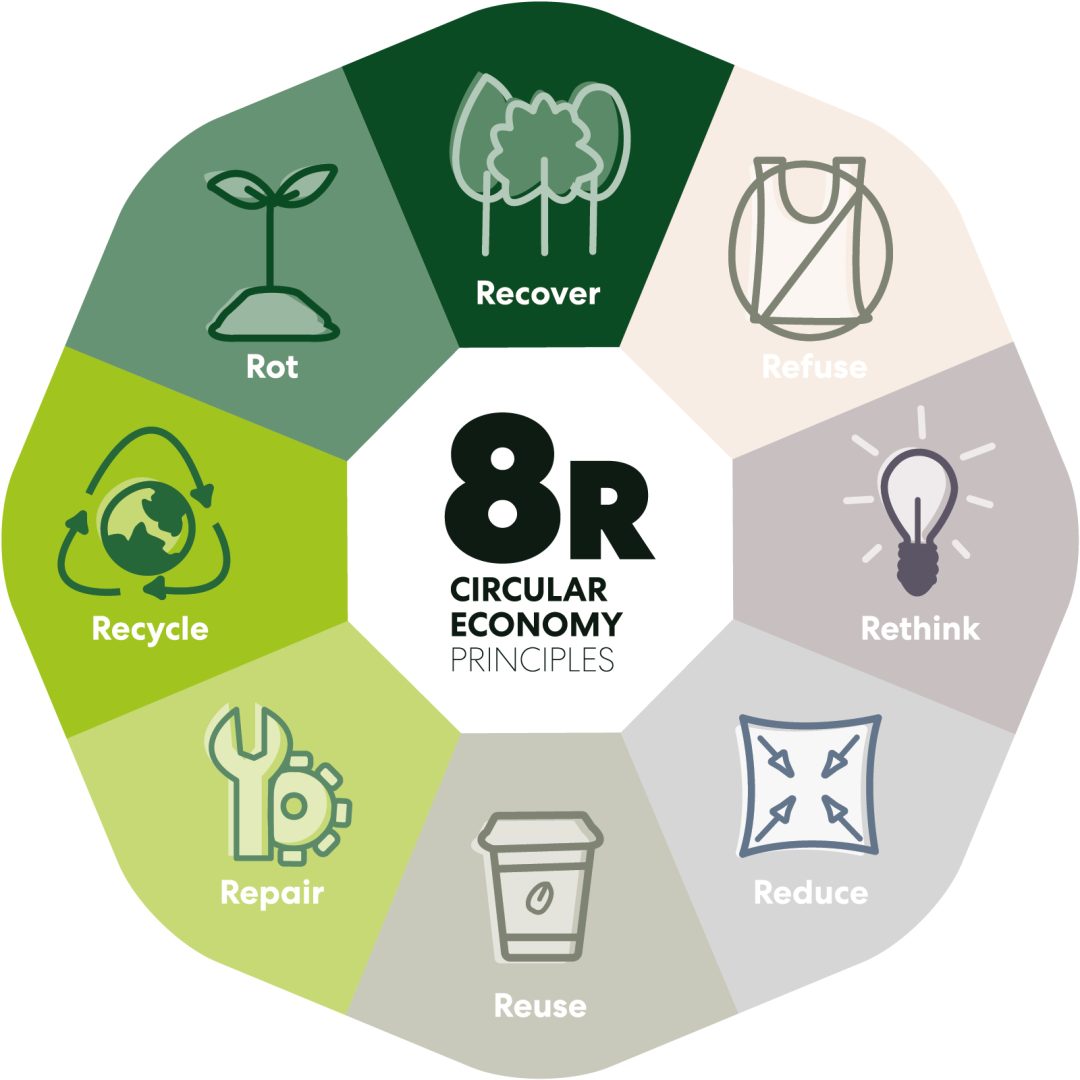
Circular economy is therefore a sustainable economic approach that aims for maximum resource efficiency and minimizes environmental impact. Not only businesses but also consumers can contribute to the circular economy through conscious consumption and responsible behavior. To understand what our 8R principles specifically mean and how they can contribute to creating a more sustainable economy, you will find out in the following sections.
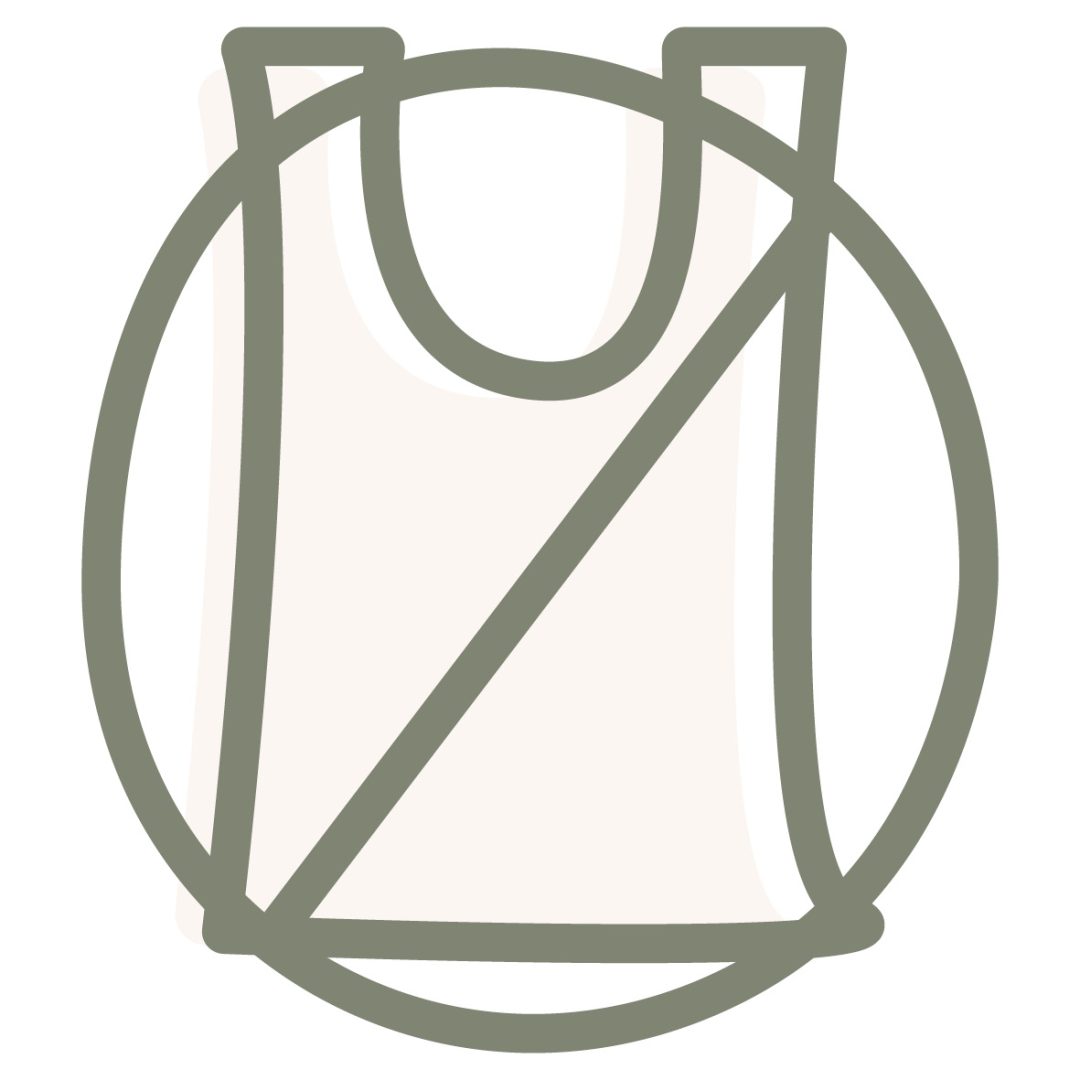
#1: Refuse, because consumers can do without it
The most sustainable option is to not buy or use something at all. It’s about consciously abstaining from consuming unnecessary or environmentally harmful products. By rejecting certain products, we can already significantly reduce our ecological footprint. However, the Refuse principle can also mean that the utility or function of a product can be fulfilled or offered in another way (digital instead of physical).
FKuR Tip: Synthetic plastics derived from fossil resources can be replaced by biobased or biodegradable plastics!

#2: Rethink, because sharing is caring, and scalable
This step involves a fundamental rethink of our consumption and production habits. Key aspects of this strategy include renting products, making things ourselves, or increasing the lifespan of products through regular maintenance. Especially for businesses, it also entails questioning existing processes and finding alternative, more sustainable solutions. Rethinking the entire product lifecycle is the first and most crucial step towards a circular economy! It requires a shift in mindset in the design, production, and consumption of products. Another important aspect is designing innovative, more sustainable product designs. For example, by designing products with the idea of reuse, repairability, and improved recyclability, their lifespan can be extended, and their ecological footprint reduced.
FKuR Tip: Sustainability starts with the raw material: Therefore, fundamentally reconsider material usage. Renewable resources and recyclates offer great potential for producing high-quality plastic products!

#3: Reduce, because less is more (efficient)
The Reduce strategy aims to use less material and thus reduce the consumption of natural resources while maintaining the same level of utility and functionality.The plastics industry can contribute to the Reduce strategy of the circular economy by developing and using materials that are easily recyclable and derived from renewable rather than fossil resources. Improving efficiency in product manufacturing or usage by reducing resource/material consumption is also important.
Additional measures to reduce plastic consumption, such as developing reusable instead of single-use plastic products or efficiency improvements like down-gauging, can be implemented. (Note: Down-gauging in the film industry refers to the process of reducing the thickness of a film without compromising its performance or functionality.) However, all reduction efforts must also consider the factor of product lifespan. If material reductions significantly compromise durability and repairability, it is not in line with the principles of the circular economy.
FKuR Tip: Drop-in bioplastics are a direct replacement for their fossil plastic counterparts and can be used in existing production facilities and applications.

#4: Reuse, because trash is treasure
The reuse strategy of the circular economy involves the reuse of products, materials and resources to minimize waste and extend the life of products. This strategy aims to break the linear “take-make-waste” approach, in which resources are extracted, products are manufactured, used and then disposed of, and instead create a closed loop in which products and materials are continuously reused. To achieve this, it is essential that products, materials and individual components are designed in such a way that they can be used multiple times. If the reuse approach is defined very broadly, it can also include measures from other R’s (e.g. repair, refurbish and remanufacture). These include measures such as repair, refurbishment, sharing and donation models to extend the life of products and minimize waste.

#5: Repair, because it has life in it yet
Many products are discarded even though they are fundamentally still functional. Here, the motto is: roll up your sleeves and repair as much as possible. Through refurbishment, defective or damaged products can be reused. This contributes to waste reduction and prolongs the lifespan of the products.
However, many products today are difficult or even impossible for consumers to repair, or it is simply not cost-effective. Therefore, repairability must be a key focus in product development. Another option is to reuse individual components of a retired product in a new product with the same function (e.g., refurbishing engines). Through technical inspection, updating, and refurbishing, entire products can also be refreshed and resold.
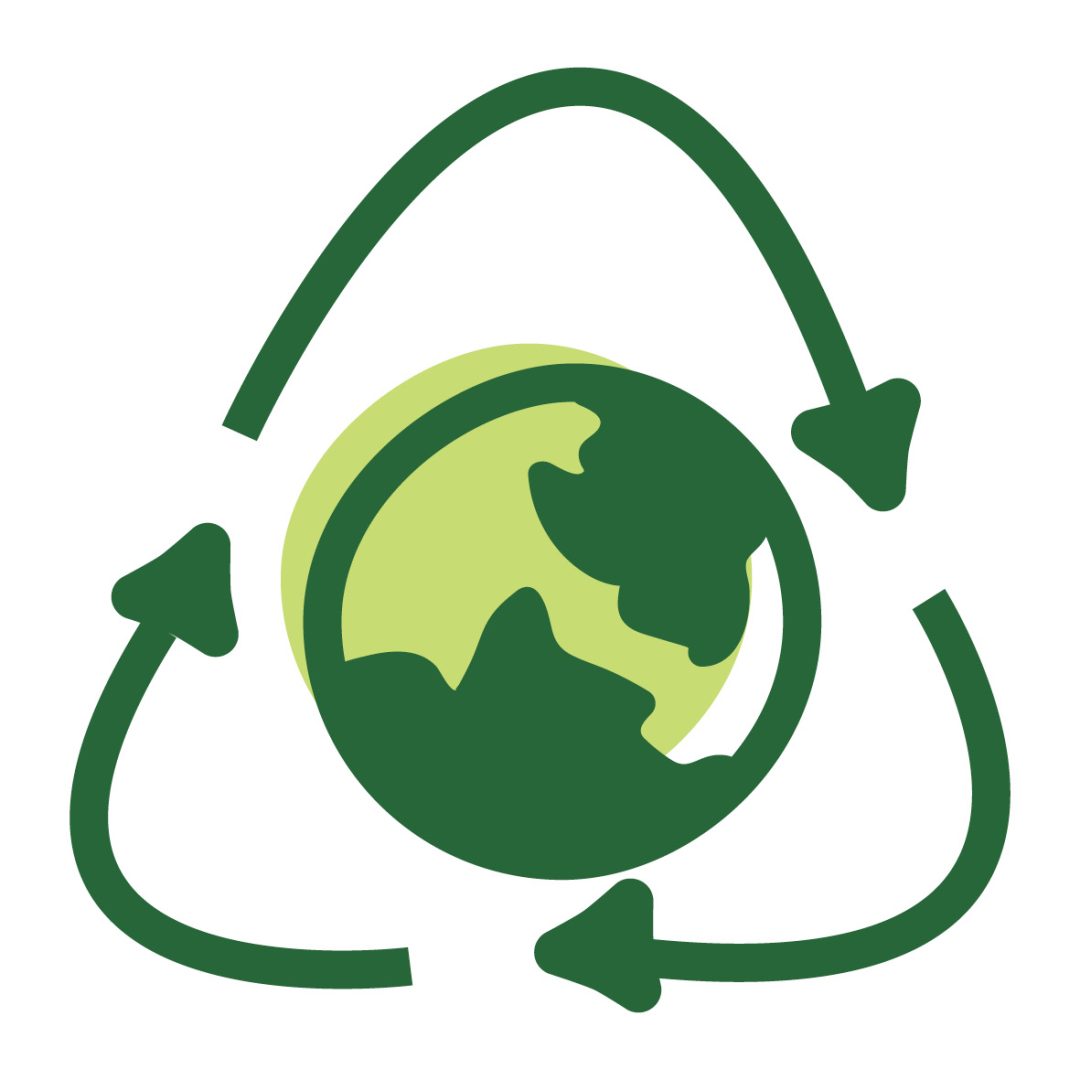
#6: Recycle, because trash is treasure
The goal of recycling is to recover the raw materials contained in products or product components that are no longer usable. The materials should ideally retain the same (high) quality and be reintroduced into the material cycle. To achieve this goal, it is crucial to consider during product design that the materials can be easily separated and recycled. Purity of materials is an important aspect in this context. When recycled raw materials can no longer be used in the same application as before, this is referred to as down-cycling.
Recycling, along with composting, is considered the preferred option, while “recover,” meaning the energetic recovery of materials, is regarded as the last possible option when all other possibilities have been exhausted. Thus, the circular economy aims for maximum resource efficiency.
FKuR Tip: Are the recyclates available on the market not meeting your required technical specifications? Then try our Macolen® recyclate compounds.

#7: Rot (Composting)
Composting is another disposal option alongside recycling. In composting, microorganisms such as bacteria, fungi, etc., initially break down the components of dead plants. As the process continues, small creatures like worms, woodlice, and others further decompose these components into humus, forest soil, or mulch. This process is also known as rotting or decomposition. This biomass is broken down into its individual components and then becomes available as nutrients for plants.
Organic waste should not be disposed of with general waste but should be composted to recover valuable nutrients and improve the soil. Organic waste is indispensable for the soil: it houses and feeds microorganisms, binds nutrients and reduces their leaching, aerates the soil, and enhances its permeability. By composting, we can not only reduce the amount of waste but also contribute to climate protection.
FKuR Tip: Compostable and biodegradable plastics are a good solution when plastic products are intended to remain in nature (e.g., mulch films, plant clips, tree and bite protection). As certified compostable waste bags, they also provide a clean and hygienic way to collect organic kitchen waste. Check with your local waste management provider to see if they accept the use of these bags, and support the separate collection of organic waste.

#8: Recover
Through the “Recover” strategy, materials or energy sources are extracted from waste or products and reintroduced into the production cycle. This can be achieved, for example, by recovering metals from electronic waste, recovering chemical components from plastic waste (chemical recycling), or energetically recovering non-recyclable waste. This step aims to recover and reuse the resources “material” and “energy” contained in products after their use.
FKuR Tip: When plastics are derived from renewable rather than fossil carbon sources, the release of harmful greenhouse gas emissions during energetic recovery can be reduced.
The Future of Recycling in the Circular Economy: Why Reuse Matters
The benefits of the circular economy are manifold. By recycling and reusing materials, we can primarily reduce the consumption of natural resources and simultaneously minimize waste. Instead of discarding items, according to the principles of the circular economy, products and materials should be used for as long as possible through repairs or durable construction. Ultimately, defective or no longer usable products are returned to the cycle as raw materials through recycling or for energy generation. This creates a closed system that allows us to use resources more sustainably and efficiently. Recycling allows for the recovery of valuable raw materials to be used in the production of new devices. This benefits not only the environment but also the economy. Therefore, the recycling of products and packaging plays a crucial role in realizing a circular economy.
Who truly benefits from the circular economy?
Actually, we all benefit from it – unlike the previous model where the industry reaped the most benefits because we all too often buy too much and then dispose of it quickly. With the consistent application of the circular economy, we all end up on the winning side.
Our consumption
Sustainable products have a longer lifespan, are easier to repair, and are of higher quality or healthier. Additionally, by supporting them, we also bolster our region and, incidentally, reduce CO2 emissions from transportation.
Our climate
If the economy avoids overproduction, minimizes long transportation routes, and utilizes renewable or recyclable materials, harmful emissions can be drastically reduced, and valuable resources preserved.
Our Environment
Responsible management of natural resources protects our planet and ensures a healthy habitat for future generations. Moving away from a throwaway mentality and purely consumptive behavior helps restore balance to nature. By opting for recyclable products or those made from renewable resources at the time of purchase, correctly sorting our waste, and consuming consciously, we have already taken a significant step in the right direction.
10 Ways to live more Sustainability
At FKuR, we lead by example!
So let’s continue working together to reduce our waste and recycle it sensibly. At FKuR, we lead the way! By considering product development as a loop, from beginning to end and back to the beginning again, we can close the gaps in the cycle! Step by step! Now, let’s conserve resources and opt for recycled plastics or bio-based materials.

